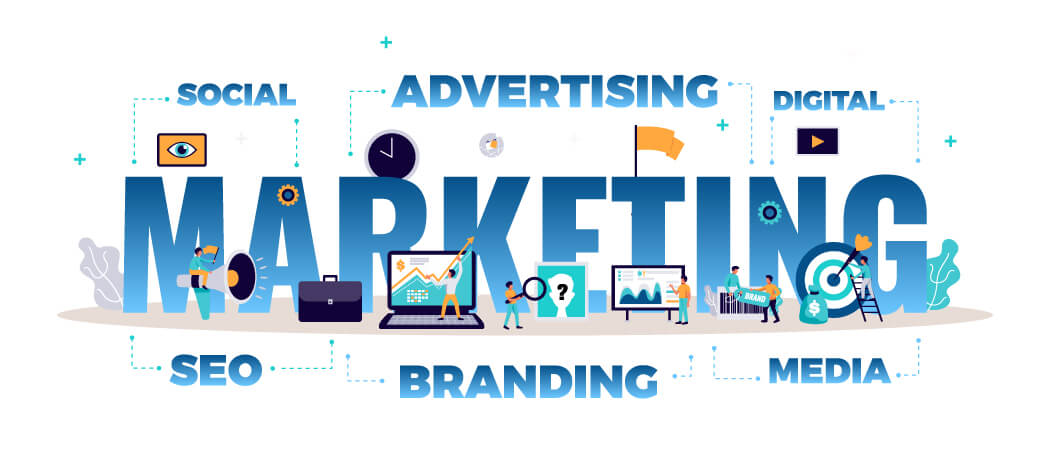Social media advertising services have become essential for businesses seeking to grow their brand presence, engage with customers, and drive sales in the digital age. With billions of people active on platforms like Facebook, Instagram, LinkedIn, TikTok, Twitter, and others, social media offers unparalleled opportunities to reach a wide, targeted audience. Social media advertising services encompass a variety of strategies and techniques aimed at creating impactful campaigns that generate tangible results. Below is an exploration of what these services entail, their benefits, and best practices.
What Are Social Media Advertising Services?

Social media advertising services refer to the professional assistance offered by agencies or specialists to help businesses run paid advertising campaigns across social media platforms. These services typically involve strategic planning, creative design, audience targeting, budget management, and performance optimization to maximize return on investment (ROI).
Types of Social Media Advertising Campaigns

- Paid Social Media Ads
The most common form of social media advertising, paid ads can take several formats:- Image and Video Ads: Static or dynamic images and short videos designed to capture attention in users’ feeds.
- Carousel Ads: Ads that allow multiple images or videos to be showcased in one ad, enabling the business to tell a story or showcase a range of products.
- Stories Ads: Full-screen ads shown between user-generated content in stories, particularly popular on platforms like Instagram, Facebook, and Snapchat.
- Sponsored Content: Native ads integrated into user feeds that resemble organic content but are labeled as sponsored posts.
- Influencer Marketing: Brands collaborate with influencers to promote their products/services in a more organic, relatable way.
- Social Media Display Ads
These are banner-style ads that can appear on users’ sidebars, in search results, or other places within the platform. Display ads are often used for retargeting—reaching users who have previously interacted with the brand. - Social Media Retargeting
Retargeting ads are shown to people who have previously visited a business’s website or engaged with their social media profiles. These ads help to re-engage potential customers and drive conversions. - Lead Generation Ads
Social media platforms like Facebook and LinkedIn offer lead generation ads designed to collect user data such as email addresses, phone numbers, or other relevant information. These ads typically have a built-in form that users can fill out without leaving the platform.
Benefits of Social Media Advertising Services

- Targeted Reach
Social media platforms provide advanced targeting options that enable businesses to reach highly specific audiences based on demographics, interests, behaviors, location, and even device type. This ensures that ads are shown to the most relevant potential customers. - Cost-Effective
Compared to traditional advertising methods like TV or print, social media ads are generally more affordable, with flexible budgeting options. Advertisers can set daily or lifetime budgets, control spending, and adjust bids to optimize costs. - Measurable Results
One of the major advantages of social media advertising is the ability to track performance in real-time. Marketers can monitor metrics such as clicks, impressions, conversions, and engagement, enabling them to make data-driven adjustments to their campaigns. - Increased Brand Awareness and Engagement
Social media advertising increases the visibility of a brand and helps engage with existing customers or potential leads. Interactions such as comments, shares, and likes can increase organic reach, and paid ads allow businesses to amplify these engagements. - Scalability and Flexibility
Social media advertising services can be scaled to suit businesses of all sizes. Small businesses with limited budgets can start with small, targeted ads, while larger companies can run extensive, multi-platform campaigns to reach global audiences.
Best Practices for Social Media Advertising
- Define Clear Objectives
Before launching any campaign, businesses need to define what they hope to achieve—whether it’s increasing brand awareness, driving website traffic, generating leads, or boosting sales. This clarity will guide the strategy, content, and targeting. - Understand Your Audience
Effective social media advertising requires a deep understanding of the audience. Marketers should analyze customer demographics, behaviors, and preferences to create ads that resonate with the target market. - Create Engaging Content
The content of ads should be visually appealing and aligned with the interests and needs of the audience. Videos, high-quality images, and compelling copy are key to grabbing attention in crowded social media feeds. - Monitor and Optimize Campaigns
Social media ads should never be set and forgotten. Constant monitoring of performance data allows marketers to identify what’s working and make adjustments in real time to improve results. - A/B Testing
Conducting A/B tests by running different versions of an ad (with variations in copy, images, or calls-to-action) can help identify the most effective elements and improve overall campaign performance.
Conclusion
Social media advertising services offer businesses powerful tools to engage with their audience, increase brand awareness, and drive measurable results. Whether through paid ads, influencer partnerships, or retargeting strategies, social media advertising continues to be a vital component of modern marketing strategies. With the right approach, businesses can leverage these services to achieve their goals and stay competitive in an increasingly digital world.
